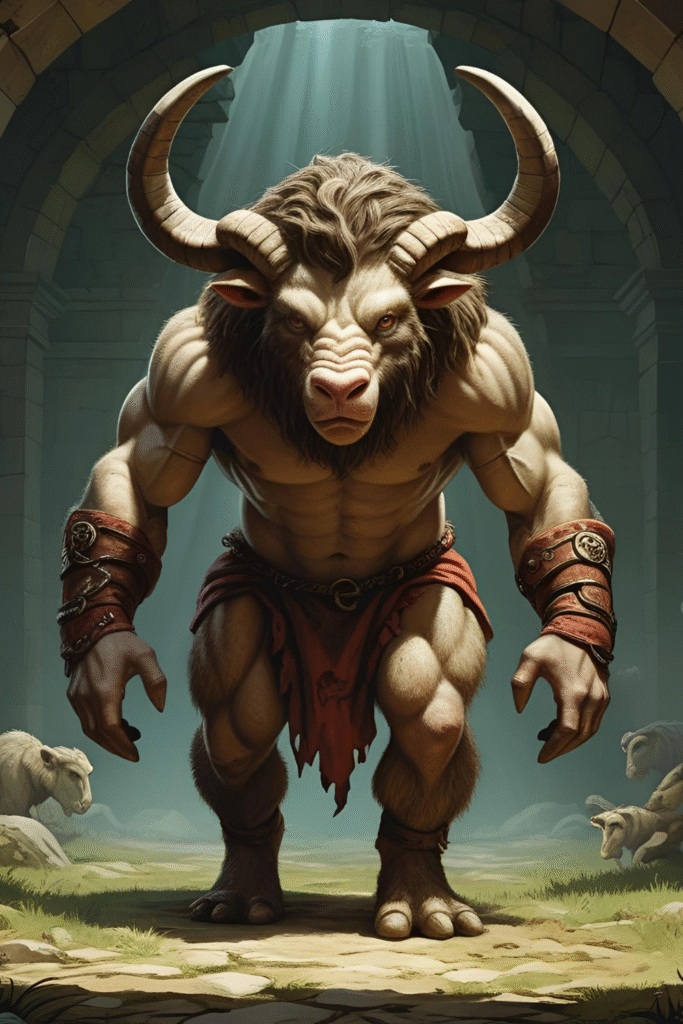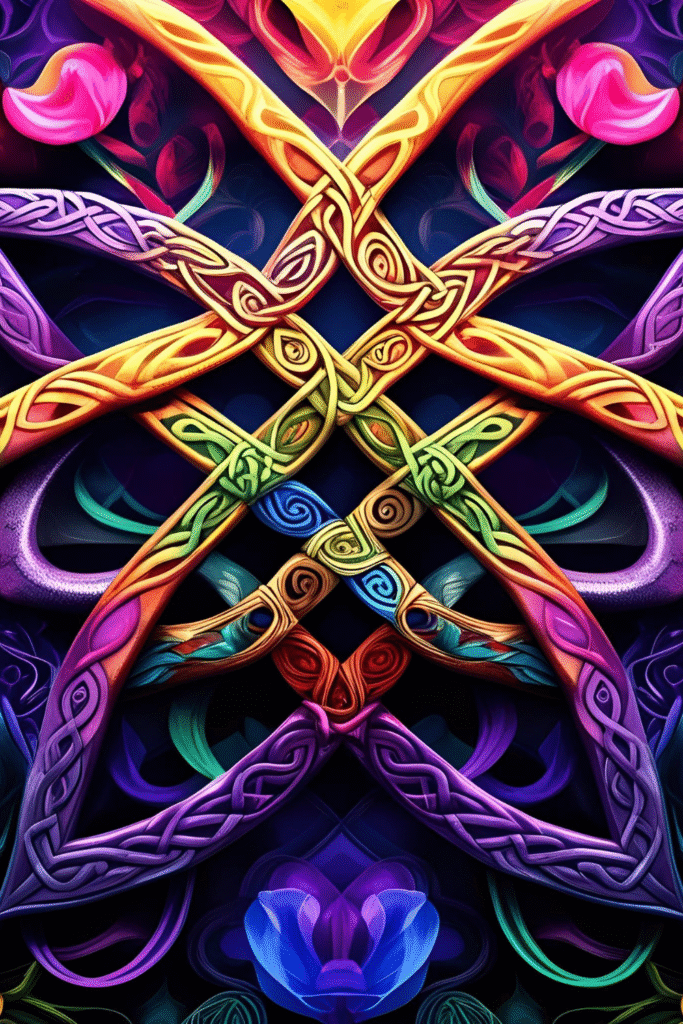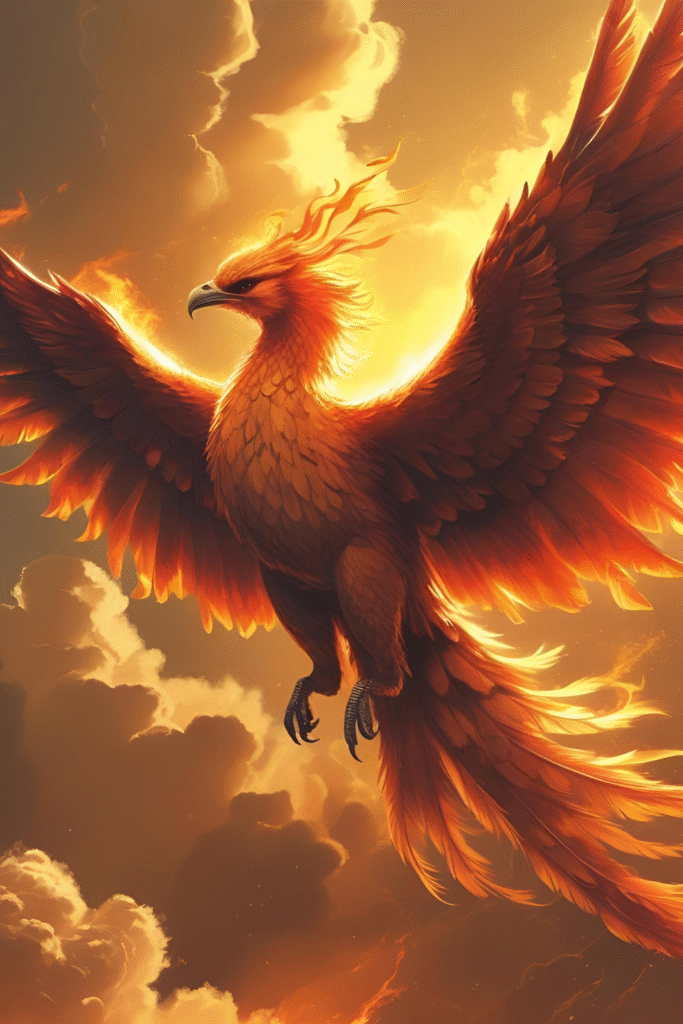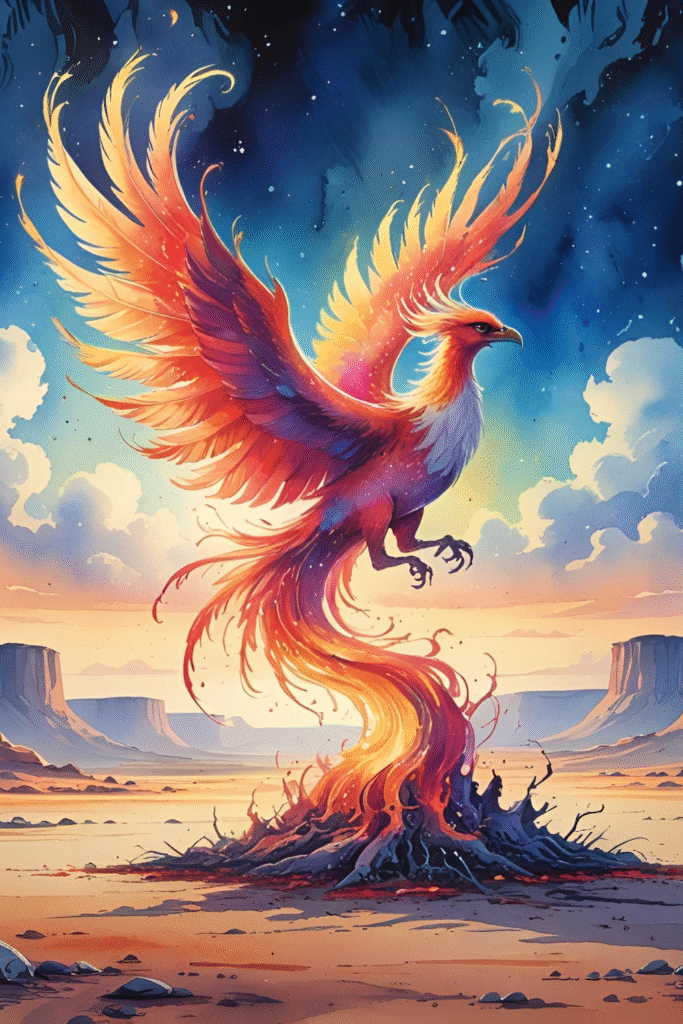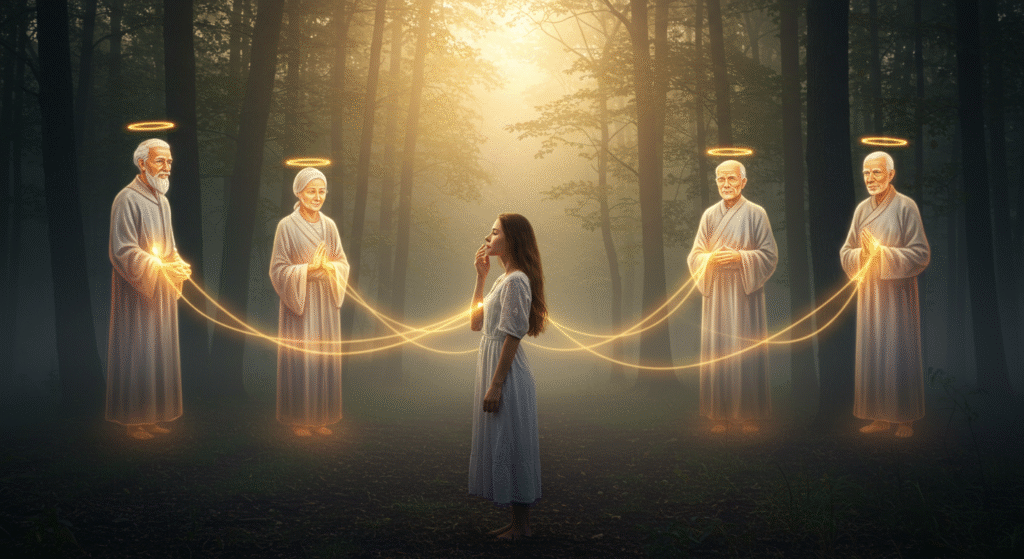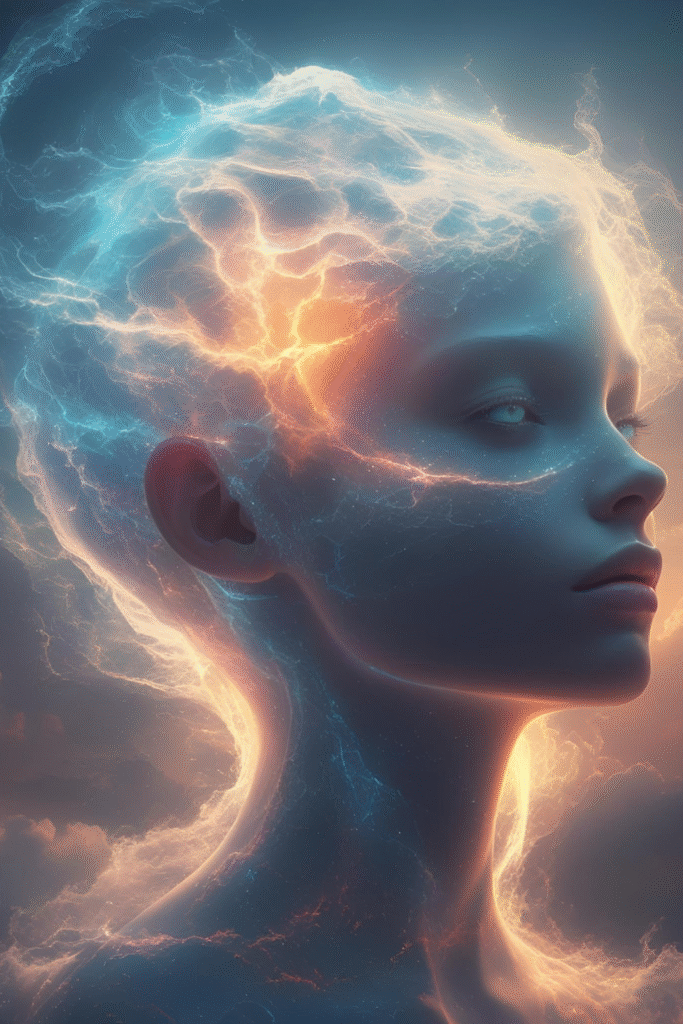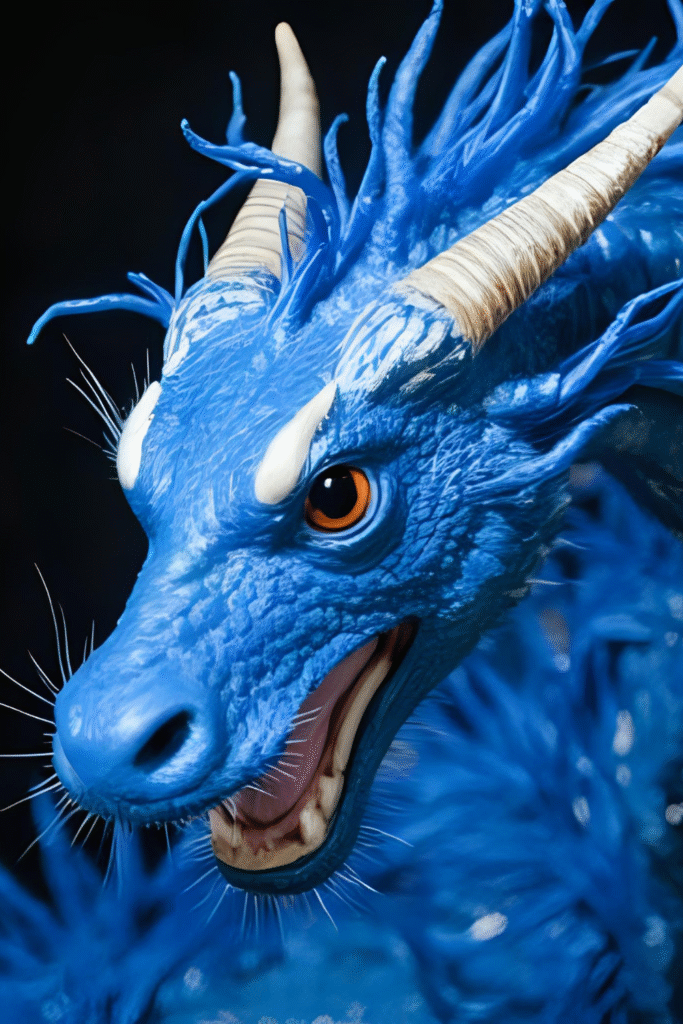Table of Contents
- Introduction
- What Are Mythical and Symbolic Entities?
- Historical Significance of Mythical Symbols
- How Myths and Symbols Impact Human Psyche
- The Role of Archetypes in Personal Development
- Popular Mythical Entities and Their Symbolisms
- Using Mythical and Symbolic Entities in Personal Growth
- Practical Techniques to Connect With Symbols
- Elevating Self-Awareness Through Symbolic Guidance
- FAQs About Mythical and Symbolic Entities
- Final Thoughts on Embodying Symbolic Wisdom
Introduction
Have you ever wondered why mythical creatures like dragons, phoenixes, or unicorns spark such fascination? Or why symbols like the tree of life or mandalas carry an unexplainable depth?
These mythical and symbolic entities have been part of human history, serving as gateways to understanding deeper truths about life, existence, and even ourselves.
This blog explains the rich world of mythical and symbolic entities, their profound impact on personal growth, and how you can harness their wisdom for self-improvement.
From exploring historical archetypes to actionable strategies for personal transformation, we’ll guide you on unlocking your full potential using the timeless power of symbols.
What Are Mythical and Symbolic Entities?
Mythical entities are beings or creatures that exist in folklore, mythology, and cultural narratives. Examples include mermaids, griffins, and centaurs.
Symbolic entities, on the other hand, are icons or representations with deep meanings, such as the ouroboros (a snake eating its tail, representing cycles of life) or the phoenix (symbolizing rebirth and renewal).
These entities serve as metaphors for life experiences, offering a framework for understanding challenges, aspirations, and growth. By interacting with their symbolic meanings, we unlock insights into resilience, transformation, and harmony.
Historical Significance of Mythical Symbols
Throughout history, myths and symbols have shaped cultures, religions, and even psychology. Some key highlights include:
- Ancient Greece: The Minotaur represented inner battles, while Zeus embodied authority and control.
- Hindu Mythology: The lotus flower symbolized spiritual awakening and purity.
- Celtic Traditions: The Celtic knot depicted the interconnectedness of life and eternity.
These entities weren’t merely stories. They acted as teaching tools, helping societies understand morality, the mysteries of life, and the natural world.
How Myths and Symbols Impact Human Psyche
Carl Jung, a renowned psychologist, emphasized the significance of symbols and archetypes in the collective unconscious. Symbols act as a bridge between our conscious mind and the deeper layers of our psyche. Examples include:
Healing Process: Symbols like the yin-yang encourage balance amid emotional chaos.
Empowering Change: The phoenix inspires hope during life’s trials, symbolizing the ability to rise anew.
Identity Exploration: Archetypes like the “Hero” or “Wise Sage” push us to identify our life’s purpose.
Healing Process: Symbols like the yin-yang encourage balance amid emotional chaos.
The Science Behind Symbolic Resonance
Symbols resonate with individuals on both a psychological and neurological level. Studies in neuroscience suggest that symbolic imagery stimulates the brain’s limbic system, influencing emotions, memories, and decision-making processes. This reaction occurs because symbols tap into universal motifs embedded in the collective human experience, enabling them to convey profound meanings with simplicity. Furthermore, Carl Jung’s concept of archetypes highlights how certain symbols recur across cultures and eras, suggesting an innate connection to the human psyche. By engaging with symbols, individuals can unlock deeper self-awareness, process subconscious emotions, and even stimulate creativity through their evocative and universally relatable nature.
Research reveals that interacting with symbols activates brain regions linked to emotions, creating lasting impressions. This explains why certain symbols evoke inspiration or calmness.
The Role of Archetypes in Personal Development
Archetypes are universal, recurring patterns in human behavior. Jung identified several, but some prominent ones relevant to personal growth include:
- The Hero: Represents courage, determination, and overcoming adversity.
- The Caregiver: Symbolizes empathy and the ability to nurture others.
- The Shadow: Confronts us with fears or insecurities, forcing introspection and growth.
Using these archetypes mirrors self-discovery, as you identify which patterns resonate with your life’s challenges and opportunities.
Popular Mythical Entities and Their Symbolisms
Famous mythical and symbolic entities each carry distinct wisdom. Here’s a closer look at a few that might inspire you on your personal growth journey:
Dragons
Symbolism: Strength, wisdom, and transformation.
Key Insight: Dragons challenge us to face fears, channel courage, and become leaders in our lives.
Phoenix
Symbolism: Renewal, resilience, and rebirth.
Key Insight: Build the habit of viewing failures as lessons and opportunities to rise stronger.
Tree of Life
Symbolism: Connection, grounding, and deeper understanding.
Key Insight: Reflect on your roots while branching out toward growth.
Mandala
Symbolism: Balance, harmony, and self-awareness.
Key Insight: Engage with symbolic art to discover alignment between your mind, body, and soul.
Using Mythical and Symbolic Entities in Personal Growth
Mythical and symbolic entities offer more than intrigue; they provide actionable frameworks for self-improvement. Here’s how you can harness their power in your life.
- Build Resilience: Identify symbols that resonate with you during tough times. Example: A phoenix for hope and renewal.
- Foster Transformation: Use archetypes like the Hero to overcome stagnation.
- Expand Self-Perception: Engage with symbols like mirrors, which represent introspection and self-acceptance.
Practical Techniques to Connect With Symbols
Here are exercises to explore symbols for growth and clarity in your life:
- Vision Boards: Create boards incorporating your favorite symbols to visualize aspirations.
- Meditative Practice: Meditate on the mythical symbol that resonates most with you for clarity and calmness.
- Dream Interpretation: Record and reflect on your dreams, identifying recurring symbols and their patterns.
Elevating Self-Awareness Through Symbolic Guidance
Symbols sharpen self-awareness by offering perspective shifts.
For example, aligning with the labyrinth—a symbol of life’s complexity—reminds you to focus on the process, not just the result.
Journaling about such symbols helps identify values, emotions, and shifting priorities.
FAQs About Mythical and Symbolic Entities
- Why are mythical entities significant in personal growth?
They reflect human struggles and inspire solutions like resilience and transformation.
- How do I find the entity that resonates with me most?
Explore cultural stories, symbols, and their meanings that align with your values or experiences.
- Are symbolic practices rooted in science?
Yes. Symbolism impacts neural pathways related to emotion and creativity.
- Can children benefit from mythical archetypes?
Absolutely, as they can learn values like courage or generosity through stories like fairy tales.
- What are some powerful symbols to start with?
The phoenix, the labyrinth, and yin-yang are powerful for beginners.
- How do I incorporate symbols into daily life?
Practice mindfulness with symbolic art, writings, or meditative techniques.
- What makes mythology timelessly relevant?
It captures universal human experiences applicable across generations.
- Can symbols help with emotional healing?
Yes, symbols like the lotus or mandala promote inner calm and clarity during emotional stress.
- What are some common archetypes?
The Hero, Shadow, Caregiver, and Explorer are versatile archetypes for self-discovery.
- Are mythical entities purely fictional?
While fictional, their lessons and insights profoundly impact personal growth.
| Symbol | Meaning | Cultural Significance |
| Phoenix | Rebirth and renewal | Found in myths across various cultures, symbolizing resilience and transformation. |
| Tree of Life | Interconnectedness and growth | Represents unity and the cycle of life in both spiritual and worldly contexts. |
| Lotus Flower | Purity and enlightenment | Prominent in Eastern religions, symbolizing triumph over adversity. |
| Ouroboros | Infinity and wholeness | Depicts the cyclic nature of life, a concept rooted in ancient alchemy and philosophy. |
| Dove | Peace and hope | Universally associated with harmony and divine spirit in many cultures. |
Final Thoughts on Embodying Symbolic Wisdom
The mythological and symbolic world is anything but a relic of the past. These timeless entities act as mirrors, reflecting our potential, purpose, and path in life.
Whether you seek courage, peace, or transformation, symbols and myths can guide you toward fulfilling your highest self.
Start exploring symbols that resonate with you today—and unlock personal growth inspired by ancient wisdom that still speaks to our modern hearts.
Only then can you create a meaningful connection with yourself and the world.


